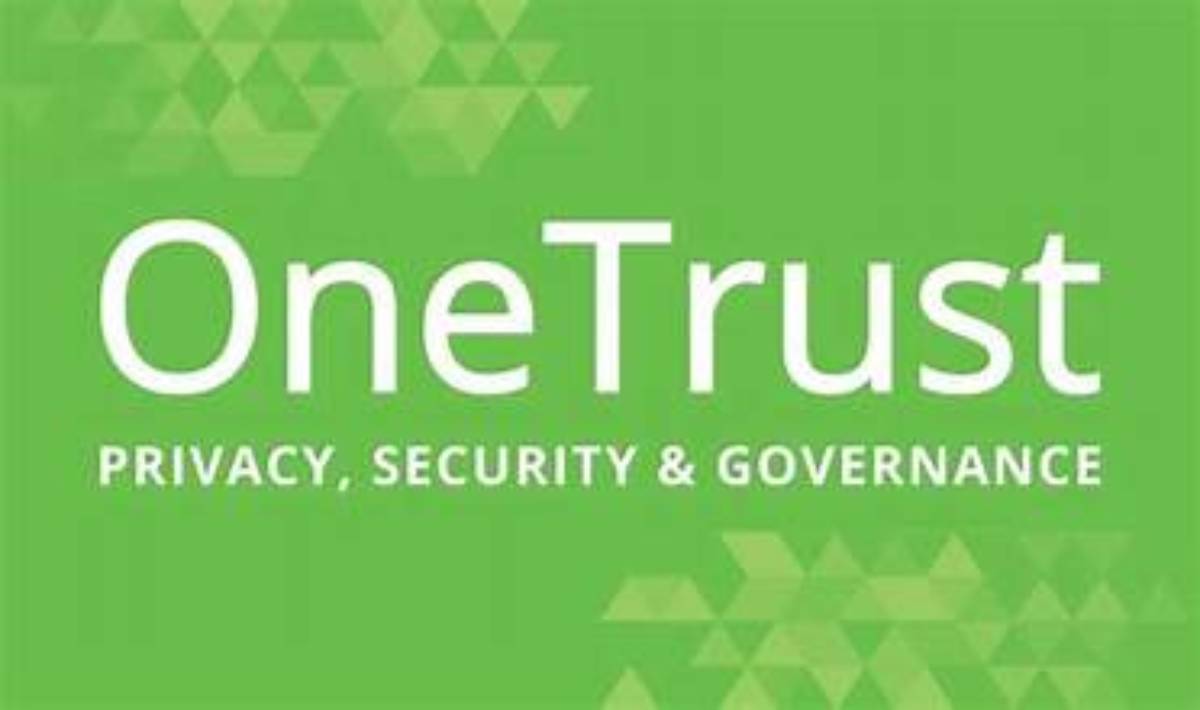
Automating Data Deletion Requests: Tools and Strategies
Imagine this: you asked a company to erase your personal data, hoping for a quick and easy process. Instead, you’re caught in a web of emails, forms, and delays. Frustrating, isn’t it?
In a world of increasing customer data rights, a quick and dependable data deletion process is crucial. GDPR and CCPA give power to consumers. So, businesses need to use data deletion automation. This helps them stay compliant, protect their reputation, and respect customer privacy. In this blog, we’ll look at why automating deletion requests is important. We’ll provide useful strategies, top privacy tools, and real examples to motivate you.
Why Automating Data Deletion Matters
Compliance with Privacy Laws
Privacy laws like GDPR, CCPA, and LGPD provide customers the “right to be forgotten.” This means businesses must delete personal data quickly when asked.
Failing to do so could lead to:
- Hefty fines (GDPR penalties can reach €20 million or 4% of global turnover)
- Regulatory investigations
- Loss of customer trust
Enhancing Customer Trust
Customers expect swift action when they request data deletion. Delays or complex procedures can lead to frustration, negative reviews, and churn.
Key Insight: Trust is fragile. A smooth, transparent deletion process strengthens it.
Operational Efficiency
Manual data deletion is:
- Time-consuming
- Prone to errors
- Hard to track
Automation streamlines the process, reduces human error, and frees up valuable internal resources.
What is Data Deletion Automation?
Simple Definition
Data deletion automation uses technology to find, manage, and permanently delete customer data. This happens quickly and with little manual work when deletion requests come in.
Core Components
- Identity verification: Confirm the legitimacy of the requester.
- Data mapping: Identify all places where the customer’s data resides.
- Deletion workflows: Execute deletion across all systems.
- Audit trails: Document the process for compliance and transparency.
Challenges in Data Deletion
Data Silos
Customer info can be found in many places, like CRM, email tools, and billing software.
Verification Complexity
Verifying a data deletion request is real can be challenging. We want to avoid making customers go through too many steps.
Legacy Systems
Older platforms might struggle with modern privacy practices. They often need custom solutions or upgrades.
In 2020, Marriott was criticised. They didn’t fully delete customer data from old systems they acquired through mergers.
Best Practices for Automating Data Deletion Requests
1. Build a Comprehensive Data Inventory
You can’t delete what you can’t find.
- Map all data sources (CRM, ERP, cloud storage, backups).
- Identify data types and their locations.
- Classify sensitive information.
2. Implement Strong Identity Verification
Balance security and user experience:
- Use multi-factor authentication (MFA).
- Validate requests via known email addresses or account logins.
- Provide secure portals for submitting requests.
3. Standardise Deletion Workflows
Design automated workflows that:
- Locate all related data quickly
- Perform secure deletions
- Update backup archives appropriately
- Confirm completion to the customer
4. Integrate Privacy Tools
Adopt privacy-focused technologies that offer automation capabilities:

- Customer relationship management (CRM) plugins
- Consent management platforms (CMPs)
- Cloud service APIs
Pro tip: Choose tools that integrate smoothly with your existing tech stack.
5. Maintain Robust Audit Trails
Every deletion request should generate a documented report:
- Request time and method
- Identity verification process
- Systems accessed
- Completion Confirmation
This supports regulatory audits and internal reviews.
6. Communicate Clearly with Customers
Keep users informed at every step:
- Acknowledge receipt of the request
- Provide estimated timelines
- Confirm when deletion is complete
Clear communication boosts confidence and reduces inbound queries.
7. Regularly Test Your Process
Run simulated deletion requests periodically:
- Identify bottlenecks
- Fix integration issues
- Ensure consistency across systems
Continuous improvement is key to maintaining efficiency and compliance.
Top Tools for Automating Data Deletion
1. OneTrust

- Comprehensive privacy management platform
- Automates data subject access requests (DSARs)
- Tracks requests across multiple systems
2. Transcend
- Focused on automating data deletion and access requests
- Integrates with many SaaS tools
- Provides real-time dashboards and reporting
3. Mine PrivacyOps
- Maps personal data across all business platforms
- Simplifies DSAR handling
- Offers low-code/no-code automation
4. Ethyca
- End-to-end privacy automation
- Automates consent and deletion processes
- Includes built-in identity verification
Key Insight: No tool is “one-size-fits-all.” Choose based on your size, industry, and tech stack.
Real-World Examples of Data Deletion Automation
Spotify
Spotify lets users delete their account and data right from their settings. The process is straightforward and completed within days — no back-and-forth emails required.
Slack

Slack provides clear workflows for data deletion when users deactivate accounts. It allows workspace owners to automate data handling in compliance with local regulations.
Airbnb
Airbnb lets users delete their accounts and data through a simple portal. The process includes a confirmation timeline and privacy education.
Lesson Learned: Great brands make privacy a seamless part of the customer experience.
Common Mistakes to Avoid
- Partial deletions: Remove all data completely, including backups and any third-party systems.
- Complicated verification: Don’t create overly burdensome hurdles for genuine users.
- Lack of communication: Silence breeds suspicion — keep users informed.
- Neglecting backups: Review and refresh backup deletion policies regularly.
Future Trends in Data Deletion Automation
AI-Powered Data Identification
Machine learning helps companies find and sort customer data in large systems.
Blockchain for Deletion Proof
Blockchain technology could offer decentralised verification that deletion requests were fulfilled without tampering.
Privacy Engineering
New roles will emerge. These will focus on adding privacy to software and system design.
Statistic to Watch: Gartner forecasts that by 2025, 60% of big companies will have privacy teams that focus on automation.
Conclusion: Automating Data Deletion Requests
Today, consumers want control over their personal information. So, businesses need to respond quickly, kindly, and openly. Automating data deletion goes beyond meeting regulations. It shows your commitment to customer data rights. This approach also helps position your brand as trustworthy and innovative.
Use the right privacy tools, create smart workflows, and communicate clearly. This way, you can turn data deletion from a necessary task into a competitive edge.
Ready to take your data deletion processes to the next level? Start by reviewing your current practices. Look into automation tools. Focus on creating a smooth, customer-first experience.


